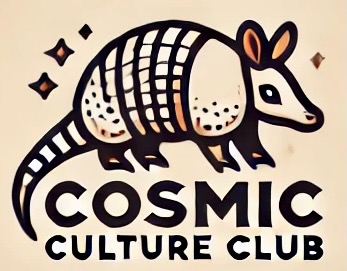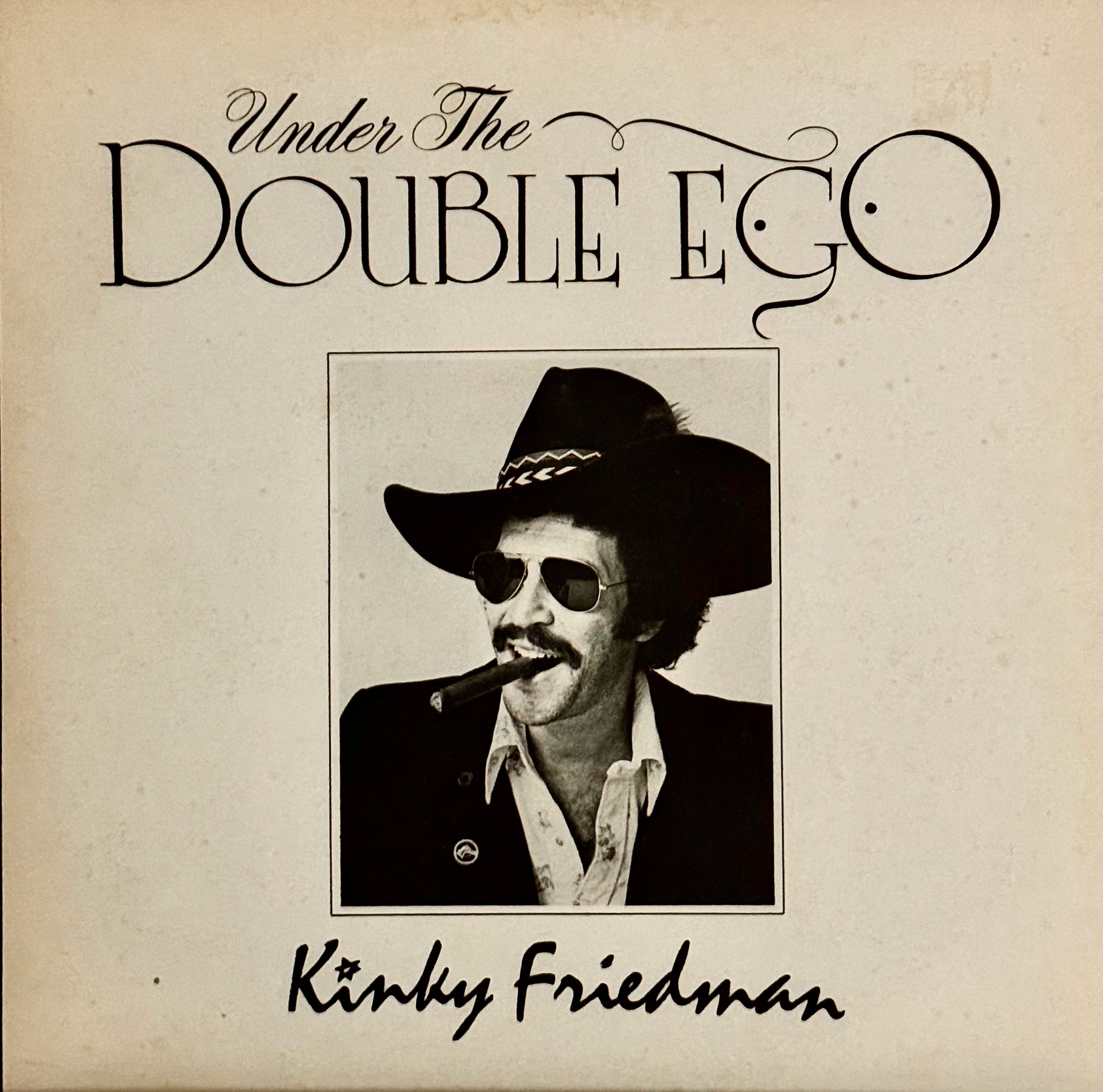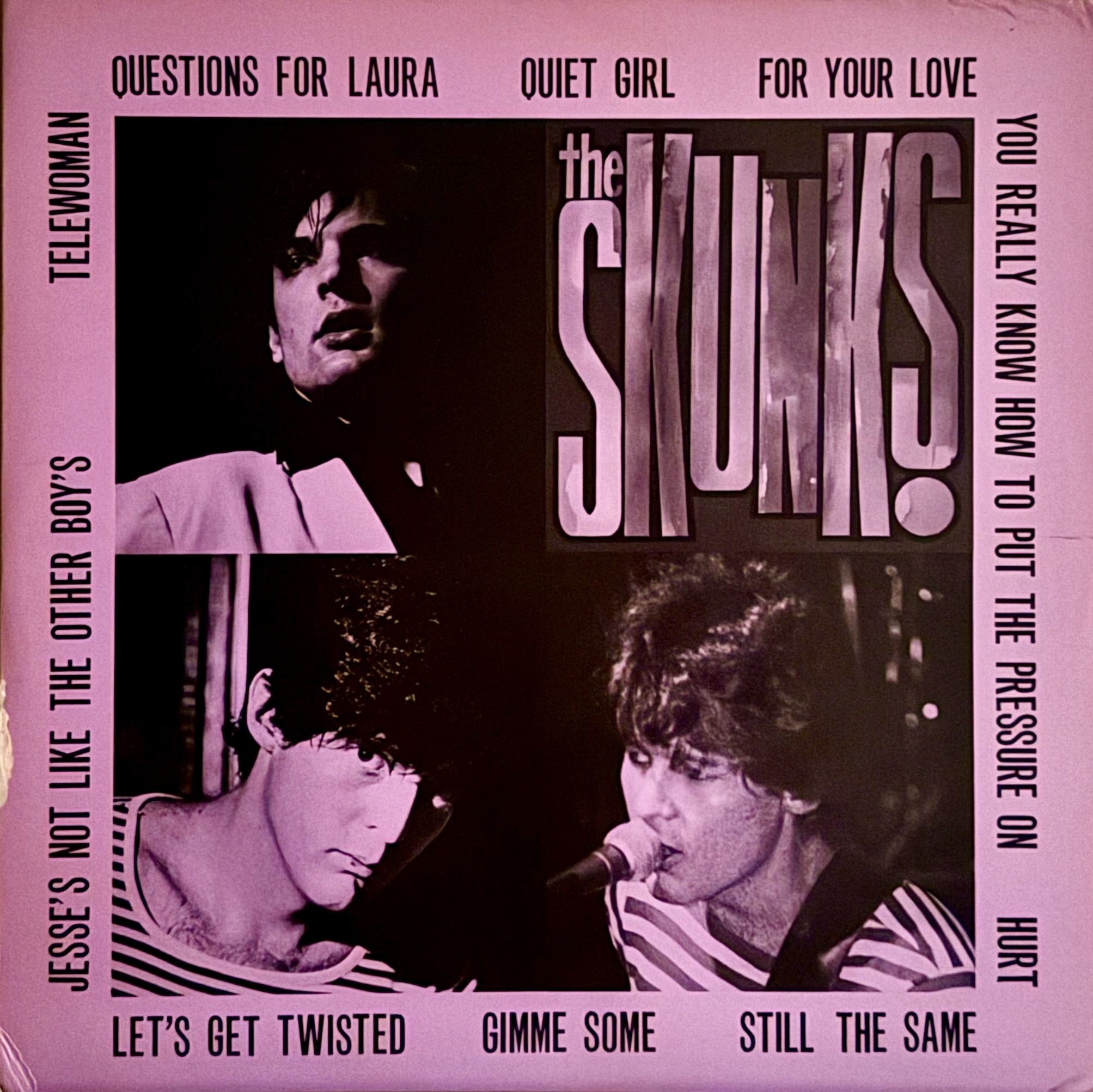Waylon Jennings
Album: Waylon Live
Released: 1976 (recorded 1974)
Townsend Miller is one of the forgotten heroes of the Austin music scene. Stock trader by day, journalist by night, he prided himself on fitting two full days into every twenty-four-hour period. He’d wake up in the morning, put on a suit, and head to the office until five. Then he’d come home, and daytime Townsend would go to bed. Four hours later, night-owl Townsend would get up, fill a flask with “Townsend’s Treacherous Treat,” and prowl Austin’s clubs, searching for content for his bi-weekly country music column published in the Austin American-Statesman. Legend says you’d see Townsend in whatever bar you wandered into, and if you left that bar and drove across town to another show, he’d be there too. He bragged about seeing music at nine different clubs in a single evening. After the clubs closed, and as the after party was fading, the clock would run out on the night owl, and he would surrender a few hours of sleep to his daytime alter ego, who was back in the office with the sunrise.
Townsend had literally seen it all, and you could trust what he reported. In the weeks leading up to the recording of Waylon Live, he repeatedly and unapologetically wrote that Waylon was “far and away” his favorite country singer. When the album was eventually released, he described it as one of Waylon’s “best ever”—not just because it contains early recordings of some of Waylon’s biggest hits (this was one of the first times Waylon performed “Bob Wills Is Still the King”), but also because it featured “the best group of musicians who ever backed him.”

The album was recorded at the beginning of Waylon’s golden era, and released during the height of it. After toiling in Nashville for years, he had wrestled creative control away from the executives and was starting to flex his newfound muscles. The release of Honky Tonk Heroes in 1973 announced his arrival and is often referred to as ground zero for outlaw country. Jennings wanted to capture the energy of his live shows and came to Austin to record a performance at the Willie Nelson owned Texas Opry House. The album was recorded over three nights in 1974—two in Austin, plus an additional one in Dallas.
For whatever reason, RCA sat on the record. Townsend made it a point to follow up with Waylon regarding a release date, but was told it was permanently shelved. He was pleasantly surprised when the album was unexpectedly released in 1976 and used his headline to herald its arrival. It’s an interesting juxtaposition—the live performance was intended as an introduction of new material, but by the time it was released, it played like a greatest hits collection. Five of the songs recorded during those shows were released on studio albums in the ensuing two years and became number-one hits: “I’m a Ramblin’ Man,” “Rainy Day Woman,” “This Time,” “Bob Wills Is Still the King,” and “Good Hearted Woman.”
Despite Townsend promoting the show, it was only about two-thirds full, but the folks who came were enthusiastic, and their hoots, hollers, and laughter are included in the album. So is Jennings’ trademark banter. A fun moment is when he introduces “This Time” by saying, “Here’s a song I wrote five years ago, six years ago?… I can’t even remember which wife it was about now.” The instruments were plugged directly into recording gear backstage, allowing the band to deliver an uninhibited live performance, and then mix the tracks in a studio later. The final product features clear, clean-sounding instruments while still allowing the audience noise you want. The album was another in a string of hits for Waylon and went straight to number one on the country charts.

Townsend’s Treacherous Treat
Townsend’s Treacherous Treat is the obvious choice of cocktail for this album. We’ll happily toast Townsend Miller with his favorite drink while we listen to him cheer Waylon on between songs with the rest of the local audience. Besides, Waylon wasn’t much of a drinker. Cocaine, pills, and a six pack a day cigarette habit were his vices. We’ve already written a lot about the process of reviving this cocktail for the people of Austin and can jump straight to the recipe here:
Ingredients:
- 2 oz vodka
- 1 oz Branca Menta
- ¾ oz fresh lime juice
- ½ oz Cointreau
- ½ oz honey syrup
Directions
- Rinse a martini glass with cold water and set in the freezer to frost.
- Add vodka, Branca Menta, lime juice, Cointreau, and honey syrup to a shaker full of ice.
- Shake well for 30-45 seconds, and strain into frosted martini glass.









